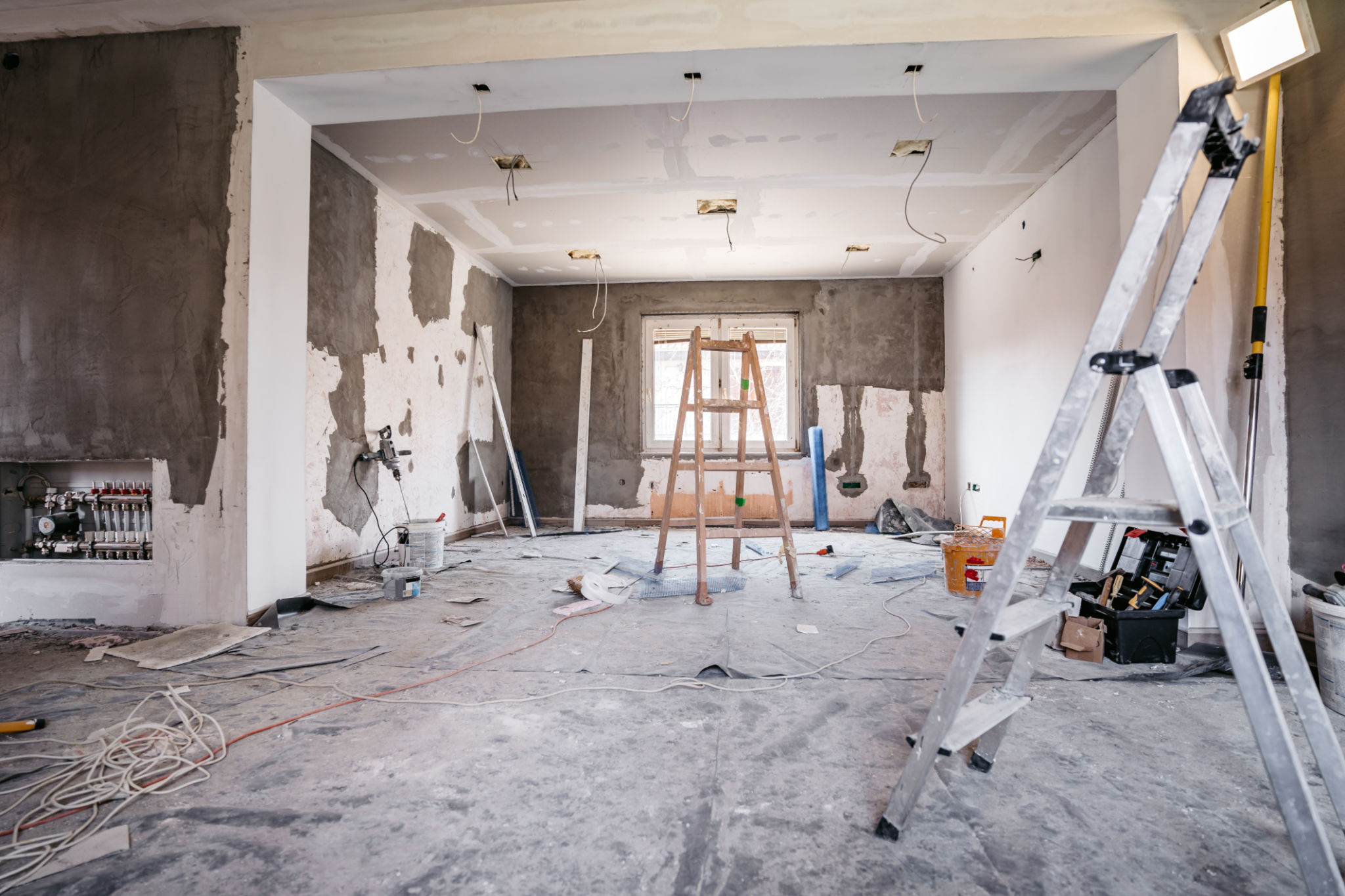The Benefits of Preventive Home Care Over Reactive Solutions
In the realm of home maintenance, the age-old debate between preventive care and reactive solutions continues to be a focal point for homeowners. While both have their merits, preventive home care often stands out as the more advantageous approach. By proactively addressing potential issues, homeowners can ensure their living space remains safe, functional, and comfortable over time.
Understanding Preventive Home Care
Preventive home care involves regular inspections and maintenance tasks aimed at identifying and addressing minor issues before they escalate into major problems. This proactive approach can encompass various aspects of a home, from plumbing and electrical systems to roofing and HVAC units.
One of the primary benefits of preventive care is cost savings. By spending a little on routine maintenance, homeowners can avoid significant expenses associated with major repairs or replacements down the line. For instance, a small leak in the roof detected early can be fixed with minimal cost, whereas ignoring it might lead to extensive water damage.

Enhancing Longevity and Efficiency
Regular maintenance not only prevents unexpected breakdowns but also extends the lifespan of home systems and appliances. This ensures that they operate efficiently, reducing energy consumption and utility bills. An HVAC system, for example, that is regularly serviced will perform better and use less energy than one that is neglected.
Moreover, preventive care can enhance the overall comfort and safety of a home. Ensuring that electrical systems are up to date reduces fire risks, while maintaining plumbing systems prevents water quality issues that could impact health.
The Drawbacks of Reactive Solutions
Reactive solutions, on the other hand, involve addressing problems after they have already occurred. While this approach might seem convenient in the short term, it often results in higher costs and more significant disruptions to daily life.

For instance, waiting until a furnace completely breaks down before seeking repairs can leave homeowners without heat during cold months, requiring emergency services that come at a premium price. Furthermore, reactive solutions can sometimes lead to temporary fixes rather than comprehensive solutions, increasing the likelihood of recurring issues.
Stress and Inconvenience
Another drawback of relying solely on reactive solutions is the stress and inconvenience it brings. Unplanned repairs can disrupt daily routines and create unnecessary pressure on family dynamics. Additionally, emergency repairs often need immediate attention, which can be challenging during busy periods or holidays.

Conclusion: The Proactive Advantage
In conclusion, while both preventive and reactive approaches have their place in home maintenance, preventive home care offers more substantial benefits. It not only saves money but also enhances the longevity, efficiency, safety, and comfort of a home. By adopting a proactive stance on maintenance, homeowners can enjoy peace of mind and a more sustainable living environment.
